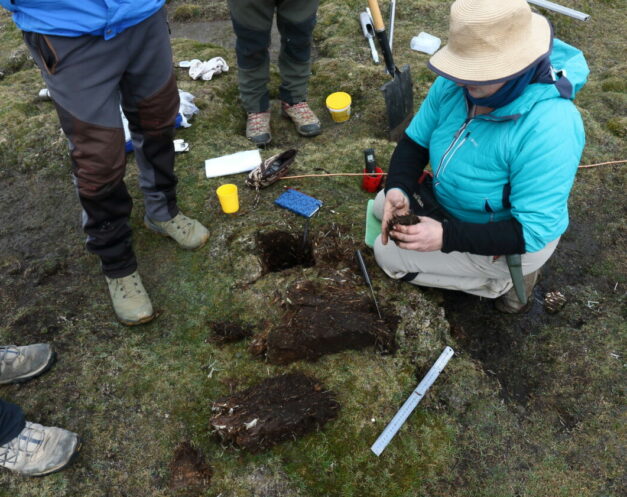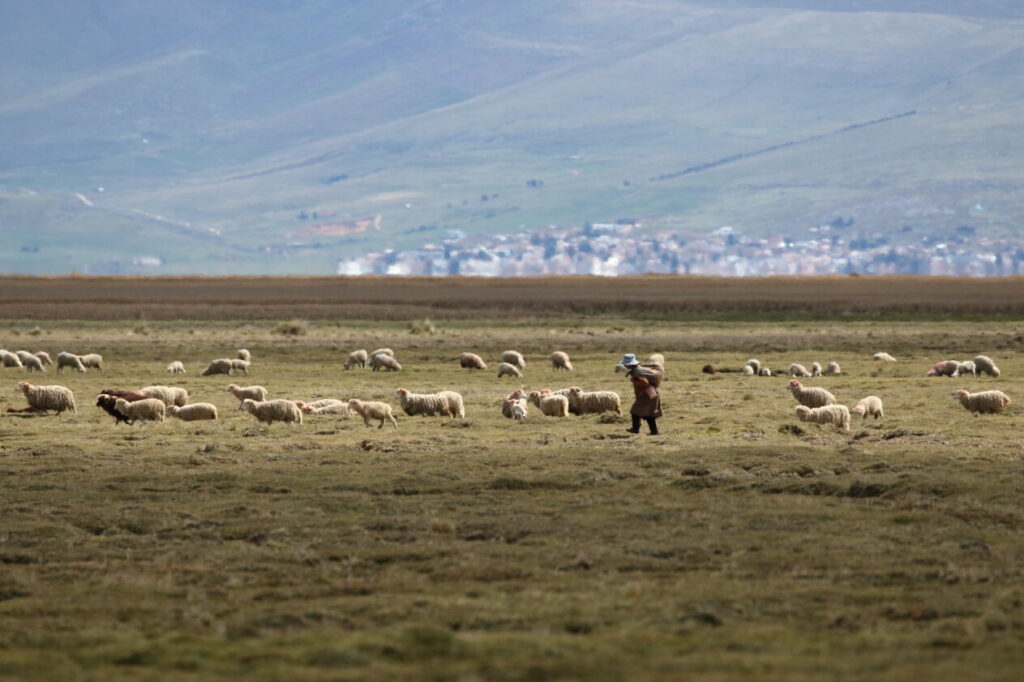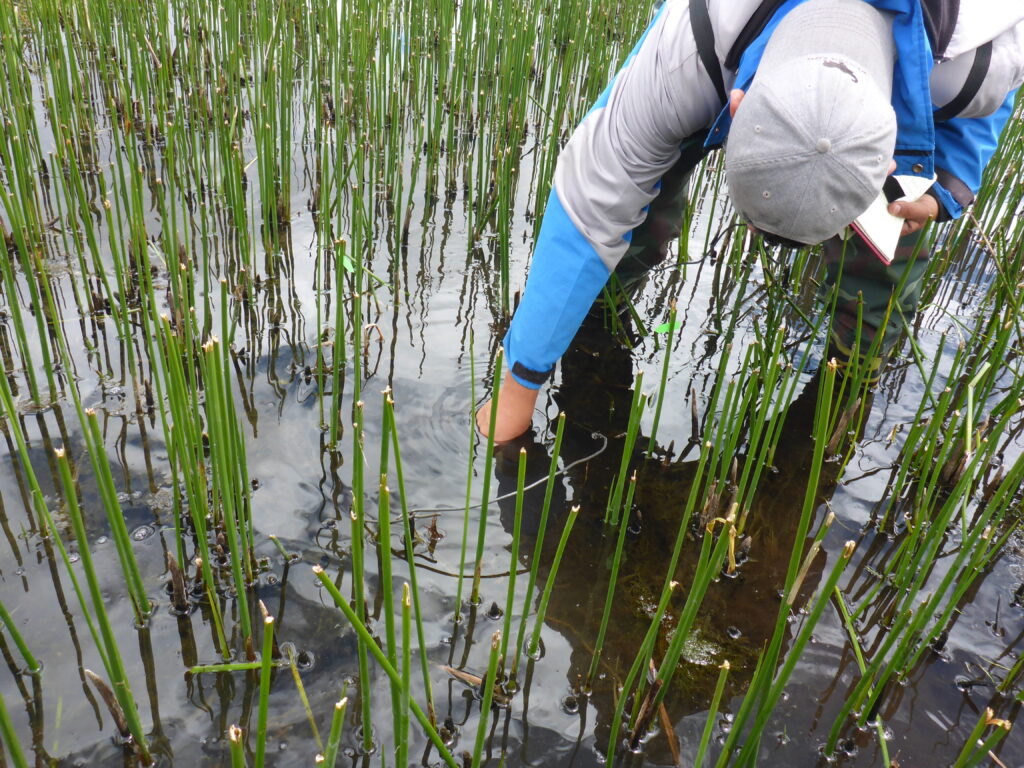Lake Chinchaycocha, Peru

Wetlands International, with our regional office in Argentina, and with the support of Greenchoice and other partners, is improving peatland management in Lake Junín, Peru. Through a community-based approach, the project aims to improve local socio-economic conditions and long-term livelihoods, and increase protection of endemic flora and fauna.
Lake Junín, also known as Lake Chinchaycocha, is located in the Central Andes of Peru. Situated 4,083 meters above sea level, Lake Junín is the country’s second-largest lake, which drains towards the northeast into one of the main Andean tributaries of the Amazon Basin. The lake is protected by the Junín National Reserve and Ramsar Site, stretching across the Junín and Pasco Departments, encompassing a total area of 53,000 ha. The ecosystems include peatbogs or “bofedales”, with vegetation of cattail and high dense grasslands.
The ‘bofedales’ of the High Andes are zones of vegetated wetlands with layers of underlying peat. As high-altitude sponges, they retain and purify glacial waters in the upper section of the basins, thus protecting and supporting downstream communities. Additionally, they are natural traps for sediment retention and improve water quality thanks to their filtering capacity. Lake Junin is an oasis of crystal blue water in the High Andes of Peru, because it is surrounded these peatlands. It supports beautiful and rare endemic and endangered biodiversity such as the Junin Grebe (with fewer than 360 individuals remaining), Junin Rail and the Lake Junin Frog, once believed to be extinct. These peatbogs are also valuable as carbon sinks, and for local economies, functioning as pastures for llamas and alpacas, providing peat for fuel and food, and representing an invaluable cultural heritage.

However, the centuries-old livelihood systems of the Aymara indigenous community are increasingly threatened due to over-grazing from domestic livestock (cattle and sheep), over-extraction of peat for fuel, pollution of the lake by mining, burning of cattails and other vegetation, hydroelectric power operations, and an overall disturbance of the hydrology of Lake Junín. The deterioration of these ecosystems contributes to the vulnerability of the indigenous communities living in this basin in the face of natural hazards, limits their ability to adapt to climate change and affects their productive activities.
Wetlands International has extensive experience in wetlands conservation and restoration in the High Andes region. Over the next five years and with funding from Greenchoice, we are working with Face the Future, ECOAN, Care for Ecosystems, SERNANP and local communities like Villa Junín, Chuiroc and Conoc, to improve sustainable peatland management in an area of 2600 hectares. The project will strengthen community resilience by increasing capacity to better manage natural resources and enhance their well-being by supporting local sustainable economic activities.
Guided by co-creation and community-based approaches, our intervention is built on the principles of “ecological restoration” ensuring sustainability beyond the duration of the project. The planned activities consider a series of interventions such as blocking ditches, meandering channels and rivers, revegetation, terracing slopes, creating carbon/water traps and permanent fencing of springs and pingos (peat mounds).

If we can redirect the trajectory of Lake Junín towards a healthier future, then we believe we can also provide a blueprint that can be applied to many other peatland landscapes in the High Andes to replicate, creating more sustainable economies, while harnessing the adaptation and mitigation benefits of peatlands.
